Top Reasons Chainsaw Starts, Then Stalls
- February 8, 2024
- 2 comment
When your chainsaw starts only to stall moments later, it’s not just frustrating but can significantly hinder your productivity. Understanding the root causes of this common issue is crucial to get your chainsaw back in optimal working condition. Below are the top four most probable reasons your chainsaw might start and then abruptly stall, along with solutions to address these issues effectively.
List of the Top Chainsaw Starts, Then Stalls:
Safety Tips
Before diving into any troubleshooting or maintenance, remember that your safety is paramount. Always ensure your chainsaw is turned off and has sufficiently cooled down before you attempt any form of maintenance. Wear protective gloves and eye protection, and work in a well-ventilated area to avoid inhaling any potentially harmful fumes or particles. By respecting these safety precautions, you can prevent accidents and ensure a safer maintenance experience.
1. Clogged Spark Arrestor
The spark arrestor is a small, yet vital component of your chainsaw. It’s a screen that prevents sparks emitted by the engine from exiting the muffler, reducing the risk of igniting a fire. Over time, this arrestor can become clogged with soot, leading to a significant reduction in engine performance and eventually causing the chainsaw to stall.
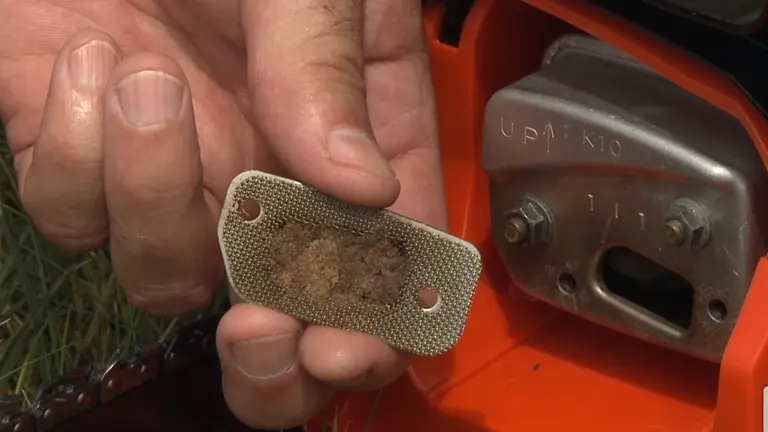
To address this, you can:
- Clean the Arrestor: Use a wire brush to gently clean the spark arrestor. This can often remove the buildup of soot and restore normal function.
- Replace the Arrestor: If cleaning doesn’t solve the problem, it might be time to replace the spark arrestor with a new one to ensure unobstructed exhaust flow.
2. Residue in the Carburetor
Old fuel left in the tank can degrade over time, leaving a sticky residue. This residue can create a restriction in the carburetor, preventing the proper mixture of air and fuel from being delivered to the engine. This imbalance often results in the chainsaw stalling.
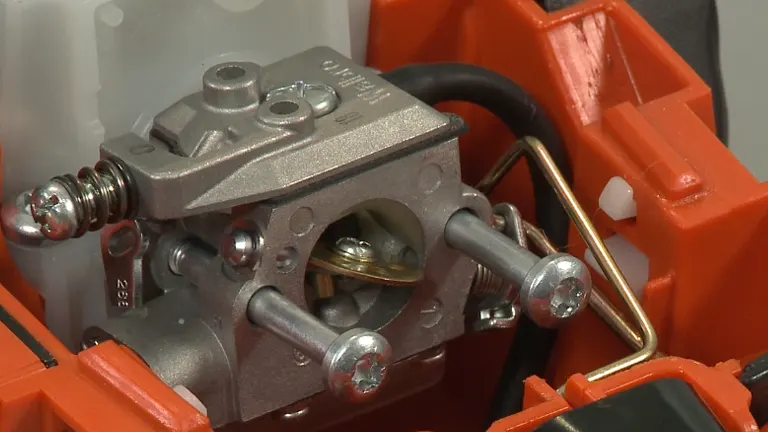
To prevent or fix this issue:
- Use Fresh Fuel: Always fill the tank with fresh fuel and add a fuel stabilizer to maintain fuel quality.
- Opt for Pre-Mixed Fuel: Consider using a pre-mixed fuel and oil product that is ethanol-free for better fuel stability.
- Clean or Replace the Carburetor: If the carburetor is clogged, try using a carburetor cleaner to eliminate the blockage. If cleaning doesn’t help, you might need to purchase a carburetor repair kit to replace worn-out components or install a new carburetor altogether.
3. Clogged Fuel Filter
Similar to the issues caused by residue in the carburetor, old or bad fuel can also lead to a clogged fuel filter. This blockage restricts the flow of fuel to the engine, causing the chainsaw to stall.
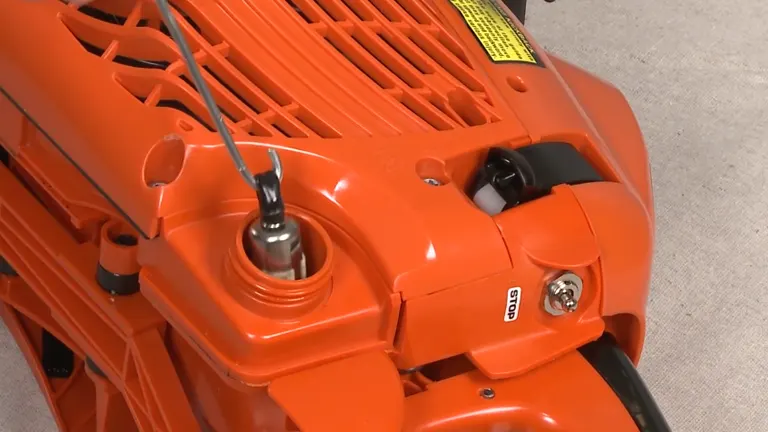
The solution is straightforward:
- Replace the Fuel Filter: It’s recommended to replace the fuel filter with a new one to ensure there’s an uninterrupted flow of fuel to the engine.
4. Dirty Air Filter
A chainsaw needs a constant flow of air into the carburetor to function correctly. A dirty air filter can restrict this airflow, leading to an improper air-fuel mix and causing the engine to stall.
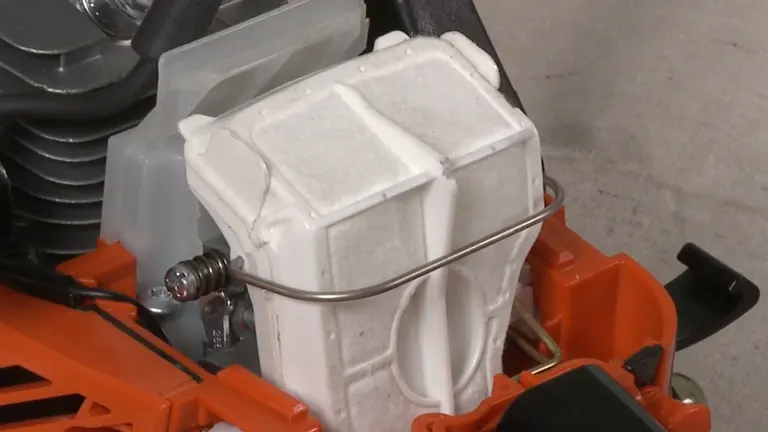
To prevent this:
- Replace the Air Filter Annually: Make it a practice to replace the air filter annually or whenever it is visibly soiled. This ensures that your chainsaw will have a consistent and clean air supply.
By understanding these four common causes and implementing the suggested solutions, you can significantly reduce the chances of your chainsaw stalling after starting. Regular maintenance and prompt attention to these components will ensure that your chainsaw remains a reliable tool for your cutting needs.
Preventative Maintenance
Keep It Running Smoothly: Regular maintenance is the key to a long-lasting, reliable chainsaw. Adhere to these practices to prevent common issues:
- Inspect your chainsaw’s spark arrestor, air filter, and fuel filter regularly. A monthly check can help catch issues before they lead to a stall.
- Don’t wait for a breakdown. Replace your chainsaw’s spark plug annually, and change the air filter and fuel filter as per the manufacturer’s recommendations or whenever they appear visibly dirty.
- When not in use, store your chainsaw in a clean, dry place. Drain the fuel if you plan not to use the chainsaw for an extended period, as old fuel can lead to carburetor clogs.
User Testimonials
Real Stories, Real Success: Hear from users who’ve been in your shoes and conquered their chainsaw woes:
- “After noticing my chainsaw was stalling frequently, I checked the spark arrestor, and sure enough, it was clogged with soot. A quick clean, and it was like I had a new chainsaw!” – Alex, Minnesota
- “I never realized the importance of using fresh fuel until my chainsaw started acting up. Switching to a pre-mixed fuel and regularly cleaning the carburetor made a world of difference.” – Sam, Washington
- “I was about to take my chainsaw to a repair shop, but then I decided to replace the air filter first, and that was the culprit! Such a simple fix saved me money and a trip to the shop.” – Casey, Oregon
Conclusion
In conclusion, a chainsaw that starts and then stalls can be more than just an inconvenience; it can disrupt your workflow and pose safety risks. Understanding the common culprits – a clogged spark arrestor, residue in the carburetor, a clogged fuel filter, and a dirty air filter – is the first step in troubleshooting and addressing the issue effectively. Regular maintenance is key to ensuring your chainsaw operates smoothly and lasts for years to come. Remember, taking care of small issues promptly can prevent them from becoming bigger, more expensive problems down the line.
FAQs
- Can extreme weather conditions contribute to my chainsaw stalling?
Yes, extreme cold or heat can affect your chainsaw’s performance. Cold weather can thicken fuel and oil, making it harder for your chainsaw to start and run smoothly. Similarly, in very hot conditions, the engine can overheat, leading to performance issues. - How can I tell if my chainsaw’s spark arrestor is clogged without dismantling it?
A clear sign is a noticeable decrease in power and abnormal sounds, like popping or excessive noise from the exhaust. If your chainsaw starts but doesn’t run smoothly or stalls shortly after starting, a clogged spark arrestor might be the culprit. - Is it worth trying to clean the carburetor myself, or should I always seek professional help?
Cleaning the carburetor can be a DIY task if you’re comfortable and familiar with small engines. However, if you’re unsure, it’s best to consult or hire a professional to avoid further damage to the chainsaw. - Can a chainsaw’s age affect its tendency to stall, even with proper maintenance?
Yes, as chainsaws age, parts can wear out and might not function as efficiently as they once did, even with proper maintenance. Regular check-ups and part replacements can extend the life of your chainsaw, but performance issues can become more frequent as the chainsaw ages. - Are there any signs that indicate the need to replace the fuel filter before it causes stalling?
Yes, signs include difficulty starting the engine, a noticeable drop in power during operation, and an engine that starts then stalls. Regular replacement of the fuel filter, as part of your maintenance routine, can prevent these issues. - If my chainsaw stalls during use, should I let it rest before attempting to restart it?
Yes, it’s often a good idea to let your chainsaw rest for a few minutes. This allows it to cool down and gives you time to check for any obvious issues, like a loose spark plug or a clogged air filter. - How does using ethanol-free fuel benefit my chainsaw’s performance and longevity?
Ethanol-free fuel burns cleaner and is less likely to leave behind residue that can clog the carburetor or fuel system. It’s also more stable for storage, reducing the risk of fuel-related issues if the chainsaw is not used for an extended period.
We hope this guide helps you tackle the frustrating issue of a chainsaw that starts then stalls. But we know the real expertise often lies with the users themselves—that’s you!
Have tips, questions, or stories about your chainsaw adventures? Share them in the comments below! Your insights not only enrich our community but also help fellow readers keep their chainsaws in top-notch condition.
If this article was helpful, feel free to pass it along to fellow chainsaw users. Let’s keep the knowledge flowing and our chainsaws going!
Join the conversation—every tip or question helps!

David Murray
Forestry AuthorI'm David Murry, a forestry equipment specialist with a focus on chainsaw operation. With over 13 years of experience, I've honed my skills in operating and maintaining a wide range of machinery, from chainsaws to log splitters. My passion for the outdoors and commitment to sustainable forestry drive my work, which emphasizes safety, efficiency, and staying updated with industry advancements. Additionally, I'm dedicated to sharing my expertise and promoting environmental awareness within the forestry community.
2 comments
There is a old saying "There is nothing you can't make worse" check the easily items first alot of the time it's a easy fix Happy Cutting

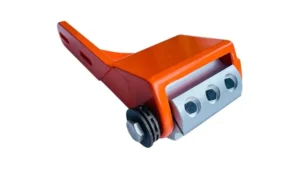
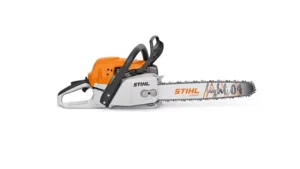
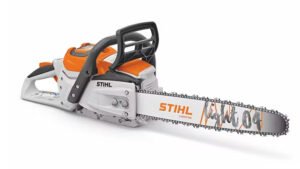
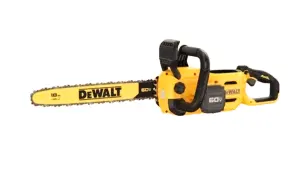
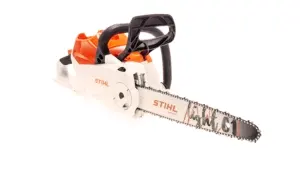
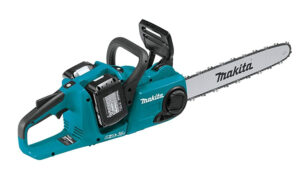
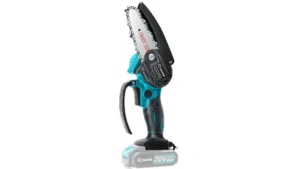
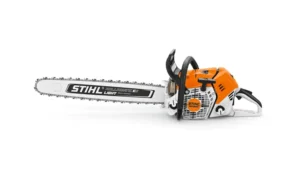
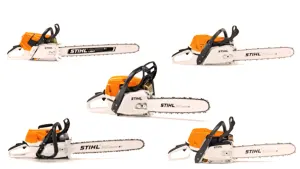
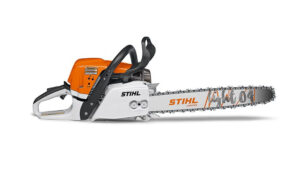
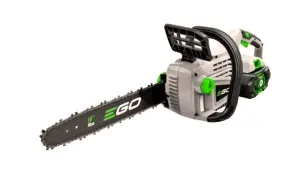

Can the oil for chain saw ever gets mix with fuel gas and causes to stall or stop,,?
RL Lancer
February 14, 2024 4:59 am